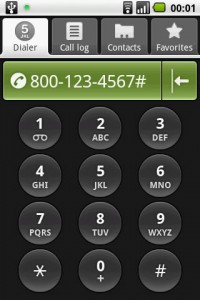Guest Post: When to Choose DECT over Wi-Fi – Part II
Note: This is a guest post by James Kander, North American Sales Manager for Polycom KIRK, and is the 2nd installment in a three part series. Part I is here.
Part I of this guest post series talked about Polycom’s two wireless solutions, the Polyom KIRK (DECT) line and the Polycom SpectraLink (Wi-Fi) option including the best way for users to distinguish what the true differences between DECT and Wi-Fi are.
Following up on the previous post Jim Kander, North American Sales Manager for the Polycom KIRK line, joins us this time to talk about implementing a wireless, DECT VoIP solution.
VoIP Designers, Make It Work!
VoIP Supply: Tim Gunn is famous for telling Project Runway designers to “make it work.” We hope VoIP integrators don’t have to face the same time pressures and brutally honest judges.
Jim, what is everything our readers need to have or buy to make a wireless, DECT VoIP solution work?
James Kander, Polycom: There are four basic wireless VoIP solution components:
1. First are the wireless handsets, which are used to transmit and receive voice and data communication. The handsets transmit information to special wireless infrastructure
2. Infrastructure which includes KIRK Wireless Servers, base stations, and optional repeaters. In turn, the wireless infrastructure connects with the enterprise or hosted PBX or call control platform.
3. There are also applications that drive greater productivity for mobile workers. Examples of applications include specific alarms and text messaging. This is all enabled through our open application programming interfaces.
4. Finally, various optional accessories, including charging and carrying devices are available to maximize the functionality of the KIRK DECT solution.
Learn From My Mistakes
Coming up in the third and last installment are best practices for installation and advice on things you need to make sure you do and things you should be sure to avoid.

 VoIP Supply is exited to announce that we’ve added
VoIP Supply is exited to announce that we’ve added 

 It also ensures
It also ensures 

